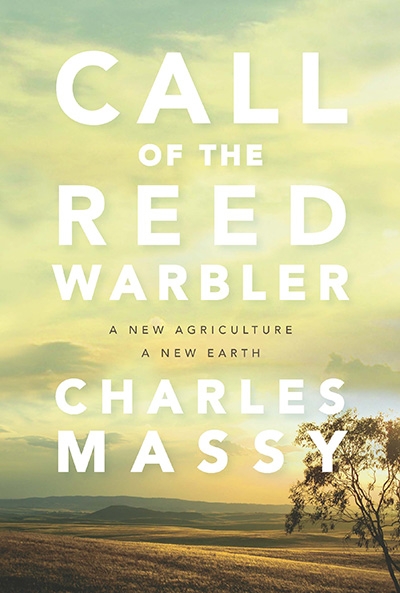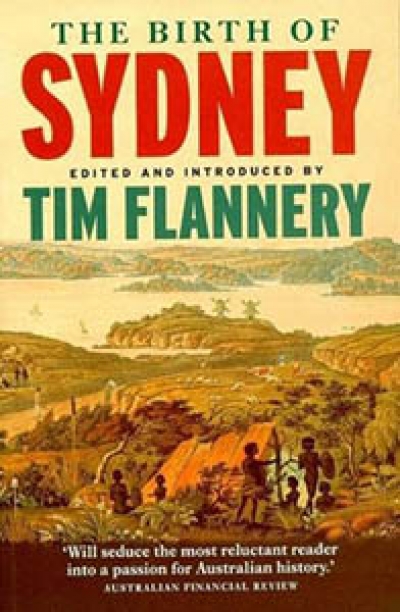Tim Flannery
Call of the Reed Warbler: A new agriculture – a new earth by Charles Massy
For me, writing is the beginning of so much. It’s how I methodise my thoughts. How I explore issues. My books really are co-explorations with my readers.
... (read more)Atmosphere of Hope: Searching for solutions to the climate crisis by Tim Flannery
To complement the essays, commentaries, reviews, and photographic essay in this issue, we asked a group of leading environmentalists, scientists, commentators, and writers what they regard as the most urgent action needed for environmental reform.
Wayne Bergmann
There is an urgent need for widespread recognition of the interrelationship between the ...
Tim Flannery is an internationally acclaimed scientist, explorer, and conservationist. He has written over a dozen books, including Here On Earth; the award winning bestsellers
... (read more)Literature has long provided a powerful outlet for the expression of our hopes and fears for an environmentally challenged future. In recent years, fictional depictions of the future have become increasingly dystopian, disturbed, and pessimistic – from Cormac McCarthy’s
... (read more)






